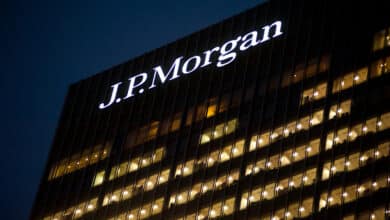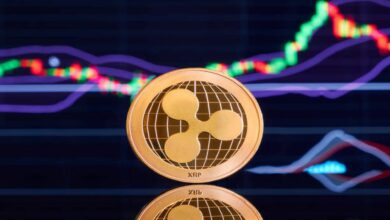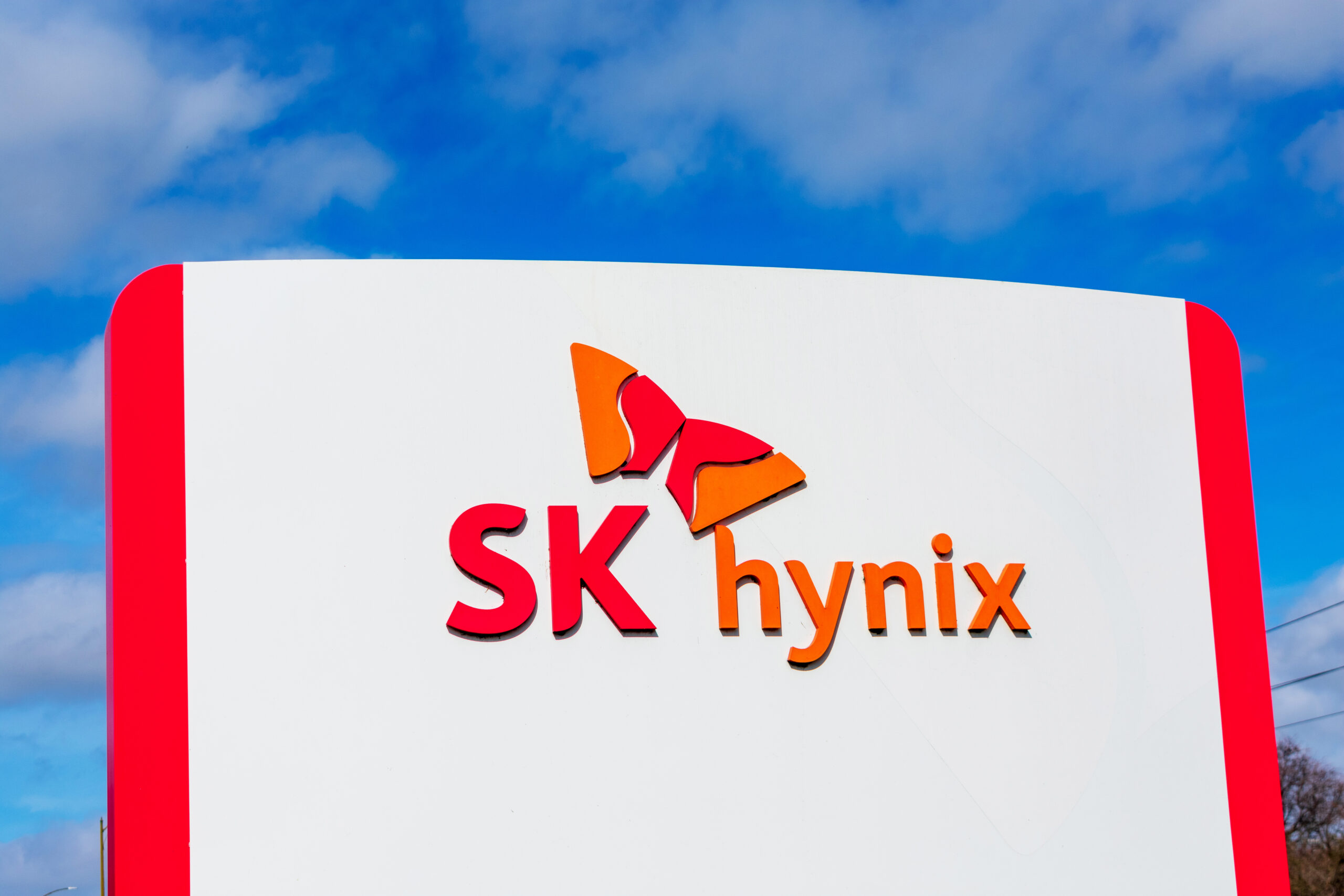
The act of borrowing and lending money has always been an important part of worldwide economics. By taking loans, individuals are granted with a chance to perform financial tasks of their liking, ranging from fulfilling their promises to their clients or taking part in developmental investments that can grow their idea. If the individuals manage to make that borrowed money back, they can return it to the lender and enjoy the lifting of the burden over them.
Individuals that borrow, take short term loans to acquire some primary currency, while they position another currency or asset like real estate inside of the collateral space, meaning that if the borrower is not able to return the currency they borrowed, then the collateral is utilized to mitigate that circumstance and fulfil the requirements of the lender. However, if the borrower does manage to pay the loan off, then that collateral is then returned to the individual that borrowed.
The lenders can also produce capital for themselves, having the ability to gain interest, which can be either a static value or very overtime. Now that the world has experienced the massive rise in popularity of digital assets like cryptocurrencies, evolution in the field of decentralized finance (DeFi) has now enabled individuals to either borrow or lend cryptocurrencies in much easier ways, meaning that people don’t have to worry about the terms and conditions placed by standard banks.
This is where decentralized money markets come in handy. Let’s move towards what they are and how they function in the financial space.
About Decentralized Money Markets
Decentralized money markets are basically platforms that let borrowers and lenders interact with each other on a much easier level. With the passage of time, money markets have provided millions of people to gain a chance at growing their ideas, while also contributing to the development of successful economies around the world. Although the overall structure might have experienced some change according to modern technological aspects, however the main idea remains same.
Originally a product of blockchain technology, decentralized money markets have a type of structure that is powered through a popular software-based solution called smart contract. The good thing about these smart contracts is that, after being initialized, they are unable to be intercepted or tempered with, enabling them to be highly secure and efficient, shielded from any unauthorized modification attempts.
Decentralized money markets are mostly overlooked by a group of stakeholders from around the world, via nodes present inside of a massively decentralized network system and eliminates the need for any middlemen to conclude deals or transactions.
Since it is said to be decentralized, it falls under the main category of decentralized finance (DeFi). These money markets are not subject to being authorized by a single entity, so it lets primary users to make withdrawals of money put in by both lenders and borrowers. The smooth transfer of funds between borrowers and lenders is what makes an economy shine the brightest.
Working of a Decentralized Money market
Users having spare amount of assets can lend them and make something out of it, meanwhile the ones borrowing can use those funds to invest into their business ideas and fulfil certain necessary requirements through an easy, effective and efficient way, without having to reach out to traditional banks and become a part of their regulations. To better understand this, we can look at a few examples of decentralized money market protocols.
The first example is Fringe Finance, this is a decentralized money market that is based on decentralized system of lending and borrowing, which also helps to extract hidden funds from nearly every type of cryptocurrency by providing collateralized loans. With Fringe Finance, any individual can submit their spare funds and make money out of it, either through interest or by collateralized altcoins to have access to stablecoin loans.
Another example is Anchor, which is also a decentralized money market that provides returns on Terra stablecoin submissions with minimal levels of volatility. The good thing about Anchor is that it is transparent and functions without any permissions, meaning that third-party applications can easily establish a connection with the protocol and gain access to interest opportunities.
Due to the wide range of rewards coming in from the most popular blockchains functioning on the Proof-of-Stake (PoS) mechanism, Anchor provides much more solid savings compared to other money markets.
As previously said, these types of platforms function using on-chain programs which are monitored by separate nodes in authority, eliminating the concept of centralization and helping to decrease the number of attributes that can fail. Users can loan or lend with ease, because these platforms only require an internet connection to access and with the extensive increase in both availability and speeds of internet connections, these platforms can be accessed from anywhere around the world.
As of now, users have been utilizing these on-chain money markets to transfer billions of dollars’ worth of capital seamlessly across the world, contributing towards the growth of newer technologies and decentralized finance itself.
Now that we have understood the basics and general idea about decentralized money markets, we will now move towards how decentralized money markets can be beneficial for the overall economy.
Beneficial Features of Decentralized Money Markets
Taking more on traditional markets, despite their positive impact in the worldwide economy, helping businesses grow and providing ways for people to save capital, these markets operate on the concept of centralization, giving them power over the user funds that are directed to a central entity. The issue with this is that this generates more cost for both the borrowers and the lenders, while also needing to gain the trust of that central entity for managing their activities and capital.
As a counter measure to this, developers have started to use blockchain-powered smart contracts to develop money markets that are more inclined towards decentralization, giving power to the users who deserve it, instead of a central authority. The major benefits surrounding the growth in popularity of decentralized money markets are as follows.
- No Permissions
Talking with respect to the idea behind decentralization, users of these types of protocols and platforms are not subject to asking any sort of permissions from a centralized entity to perform certain activities in the money market. This means that any individual around the world with an internet connection utilize their funds to gain interest, while also having the ability to borrow funds easily. These protocols carry a structure that goes against censorship.
- No Custodial Entities
Centralized money markets function opposite to decentralized ones. Centralized money markets contain a central entity that oversees the funds of users, having control over them. Decentralized money markets are non-custodial, meaning that users on both sides have full control and responsibility over their capital. But to make sure that users do not take advantage of this ability, smart contracts are used that run on logic and are not able to be touched once initialized.
- Overcollateralization
This aspect also differentiates centralized markets from decentralized ones. Centralized markets enable their users to withdraw a higher amount of capital than what they have submitted as collateral in order to increase business, following an undercollateralized system. Decentralized money markets focus on overcollateralization, meaning that the system gains more stability as user collateral is liquidated in the case of the user not able to pay the loan back in time.
- Higher Compatibility
Decentralized money markets follow a fundamental design method called composability that enables components inside of a system to become more compatible with each other, meaning that they can communicate and work with each other better, helping a wide variety of decentralized applications and protocols to work with each other easily. As composability grows, the number of possible ideas and solutions also increase which help the system to evolve.
In addition to these, there are a few other reasons to why decentralized money markets have started to gain attraction in the eyes of both individual and firms.
- Decentralized money markets help to boost communication and trust between two parties in trade.
- The accounts in a decentralized system are highly secure and tamper proof.
- Investors have the chance to perform trades without having to worry about certain regulations.
- The overall structure of the market is supportive of new series of technological advancement projects hoped to be implemented in the coming times.
- Decentralized money markets are ideal for both blockchain-based and cryptocurrency trading opportunities.
- Investors have full control over their capital, so they do not have to worry.
- Because of the usage of smart contracts, transactions are efficient, quick and are almost impossible to be tampered during the trade session.
Significance of Price Feeds in Decentralized Money Markets
In order to make sure that these decentralized money markets keep the benefit of overcollateralization intact, real-time pricing data and information of each individual asset should be a part of exchanges.
The live price valuations are utilized to know the time at which users borrowing should be liquidated and the collateral involved is available for purchase to the liquidators who manages to pay back to the user for a fee. This can happen in the case of the collateral dropping in value or the increase in the value of the debt.
However, all this aside, the issue of the blockchain oracle persists, in which smart contracts are not able to off-chain information like live pricing information, making it necessary to utilize an oracle to transfer this information on-chain.
The problem with utilizing some oracles is that they are not secure enough to handle high-quality data, so because of this user capital gains a risk. Because of liquidations being a huge part of the stability of decentralized money markets, it is very important that live price valuation data is to be used via an oracle that is very secure to handle high-quality data feed.
For example, in the case the price oracle drops below the market value, the ones borrowing can be liquidated incorrectly and if the price oracle shoots above the market value, it will let users to develop undercollateralized positions in the protocol, that are unsafe.
As of now, one of the most popular decentralized oracles being utilized is Chainlink Data Feeds, which handles multiple popular on-chain money markets including Aave and CREAM, having an impressively secure mechanism with live pricing valuation data for a variety of cryptocurrencies. The way Chainlink achieves this is by achieving decentralization at both nodes and data sources. Additionally, Chainlink also has strong quality control regulations to make sure that data is not tampered by external entities.
To make sure that price valuations are always genuine and up to date, it sources data from several popular data aggregators who keep in touch with trading venues, with respect to volumes, liquidity and time factors on various exchanges.
Chainlink Data Feeds have developed a strong reputation with time, letting communities that power decentralized money markets put in resources to support more types of collateral and always keep the protocols stable and functional. The oracle framework makes sure that the markets gain a valid price source to power pricing feeds. Taking advantage of this, protocols like Aave have managed to secure more than a billion dollars’ worth of capital deposits, expanding to other spaces.
Expansion
In the early times of decentralized finance, money market protocols were more inclined towards cryptocurrencies with higher levels of popularity, market caps and liquidity. But as of now, different new money markets have started to shift their focus towards other means. For example, Fringe Finance mentioned above also has its attention towards altcoins that are under development, having much lower levels of market caps and liquidity.
Majority of the decentralized money markets are not in favor of supporting altcoins, but Fringe Finance is one those protocols that does not follow the bandwagon. Because altcoins have quite a limited use case, their valuations are said to be more unsure compared to coins having much higher market caps, so because this, the potential capital behind these altcoins is still yet to be discovered.
But the important thing to watch out for is that altcoins generally carry more volatility, meaning that there is some risk in terms of overall stability and the capital.
Financial Stability with Altcoins
To tackle the volatility that altcoins carry, money market protocols take advantage of a set of borrowing rules and special mechanisms. Taking the example of Fringe Finance yet again, the platform has implemented a borrowing limit with respect to the collateral of each asset and the automatic calculation of the loan to value ratio (LVR). To effectively implement such strategies, the system keeps track of the asset’s liquidity, history of volatility and several other factors.
Fringe Finance also hosts an impressive model of incentives for all active users of the platform. For example, it gives liquidators the chance to contribute stability by enabling native $FRIN token possessors to stake their coins to receive return rewards from charges.
Decentralized money markets can also take advantage of cross-chain collateralization to expand its functional area, lending against NFTs, static interest rates with loans, integrated insurances and a decentralized user interface with the expansion of the platform itself.
Future Expectations
Decentralized finance protocols have managed to provide their users with a beneficial alternative in an environment where they have been tackling selfish favoring from centralized money markets. A blockchain-powered system following the primary concept being decentralization gives the ability of governance to all those who possess the native currency.
Fresh projects are now interested in altcoins to access that hidden capital potential that has not been accessed, like the money markets that used to only support cryptocurrencies with higher market caps and liquidity. So, because of this, the future surround decentralized money makers is mostly believed to be diving deeper into the unknown and discovering new and unique opportunities for capital.
Keeping the benefits mentioned above in mind, decentralized money markets have managed to develop significantly newer and better use cases for smart contracts, letting them to become one of the most popularly used solutions in the DeFi space.
Final Thoughts
As a conclusion, decentralized money markets help the decentralized finance ecosystem to take advantage of an evolutionary development idea and bring more technically advanced financial solutions into the space. Lending and borrowing have always been a strong factor in traditional finance, however with its integration into decentralized finance, these factors can introduce an unimaginable amount of new and unique ideas and solutions to play around with.
With the growth of these decentralized money markets, the more liquidity they will gain, hence giving more chances to users and being in the frontline of innovation with respect to decentralized finance, with yields in the real-life economy become more challenging to predict than every before. Majority of the players in the financial space think that the future surrounding these decentralized money markers shines bright in the sky, waiting for those who are interested in making more out of it.
Tokenhell produces content exposure for over 5,000 crypto companies and you can be one of them too! Contact at info@tokenhell.com if you have any questions. Cryptocurrencies are highly volatile, conduct your own research before making any investment decisions. Some of the posts on this website are guest posts or paid posts that are not written by Tokenhell authors (namely Crypto Cable , Sponsored Articles and Press Release content) and the views expressed in these types of posts do not reflect the views of this website. Tokenhell is not responsible for the content, accuracy, quality, advertising, products or any other content or banners (ad space) posted on the site. Read full terms and conditions / disclaimer.




